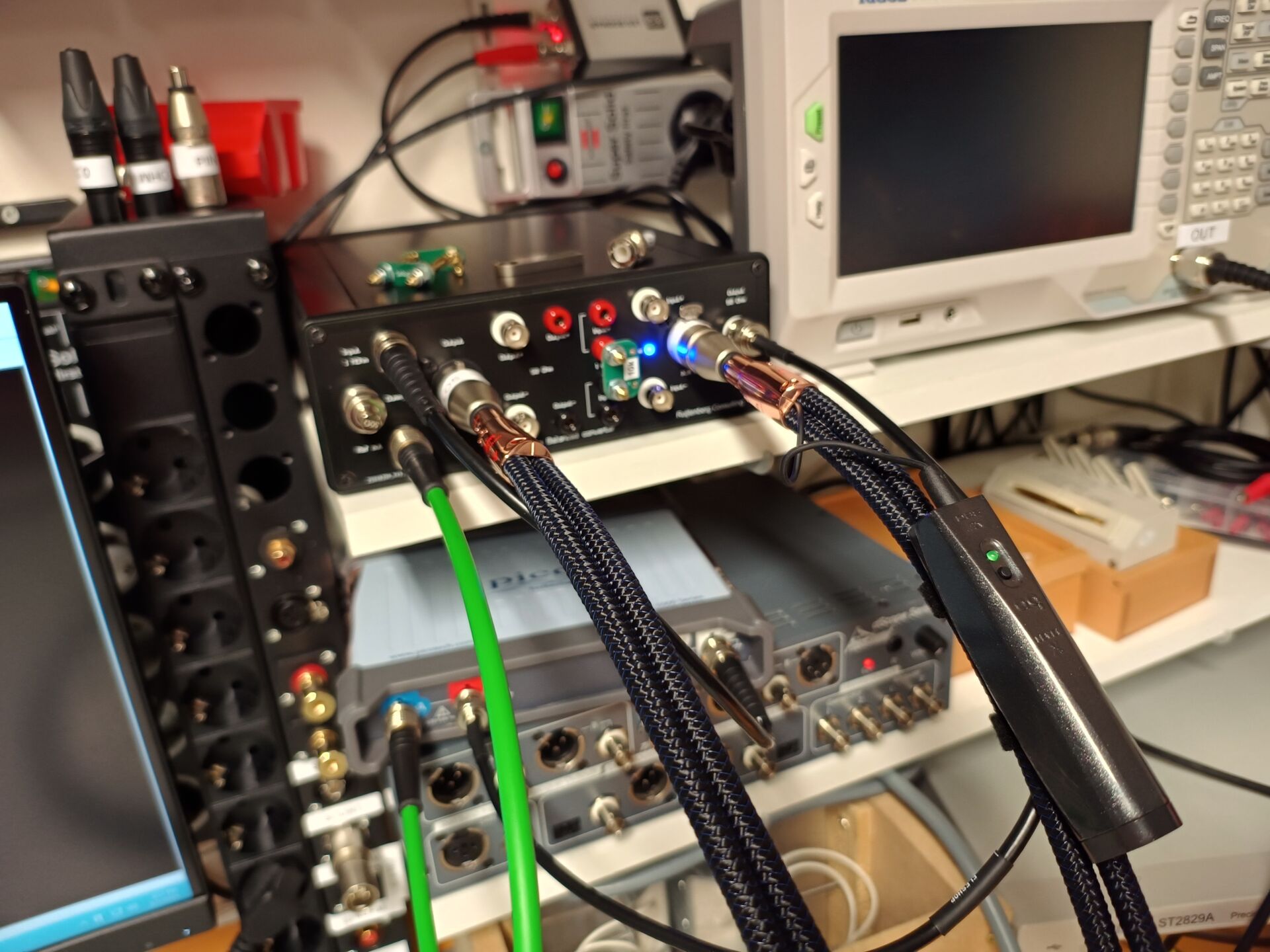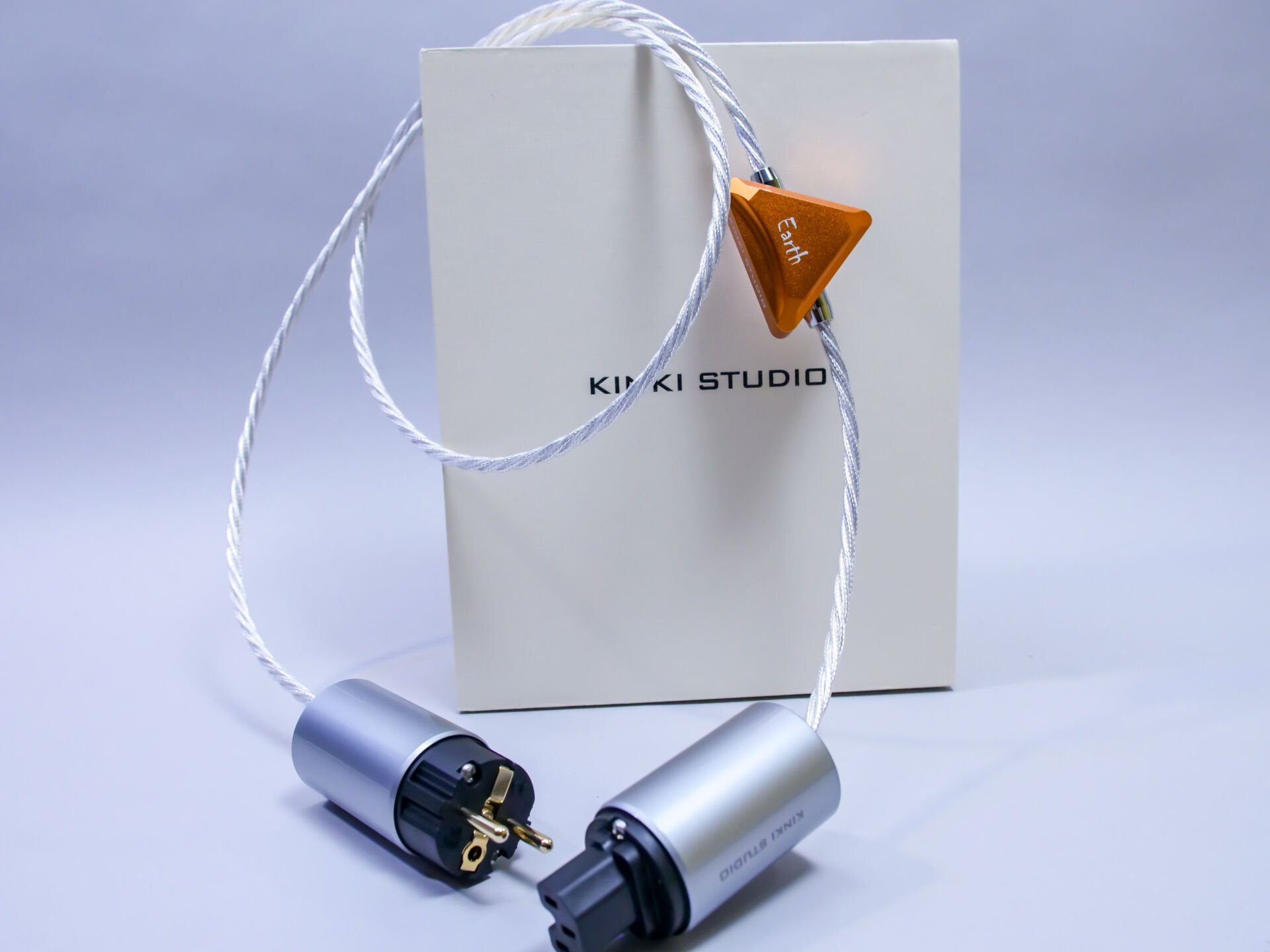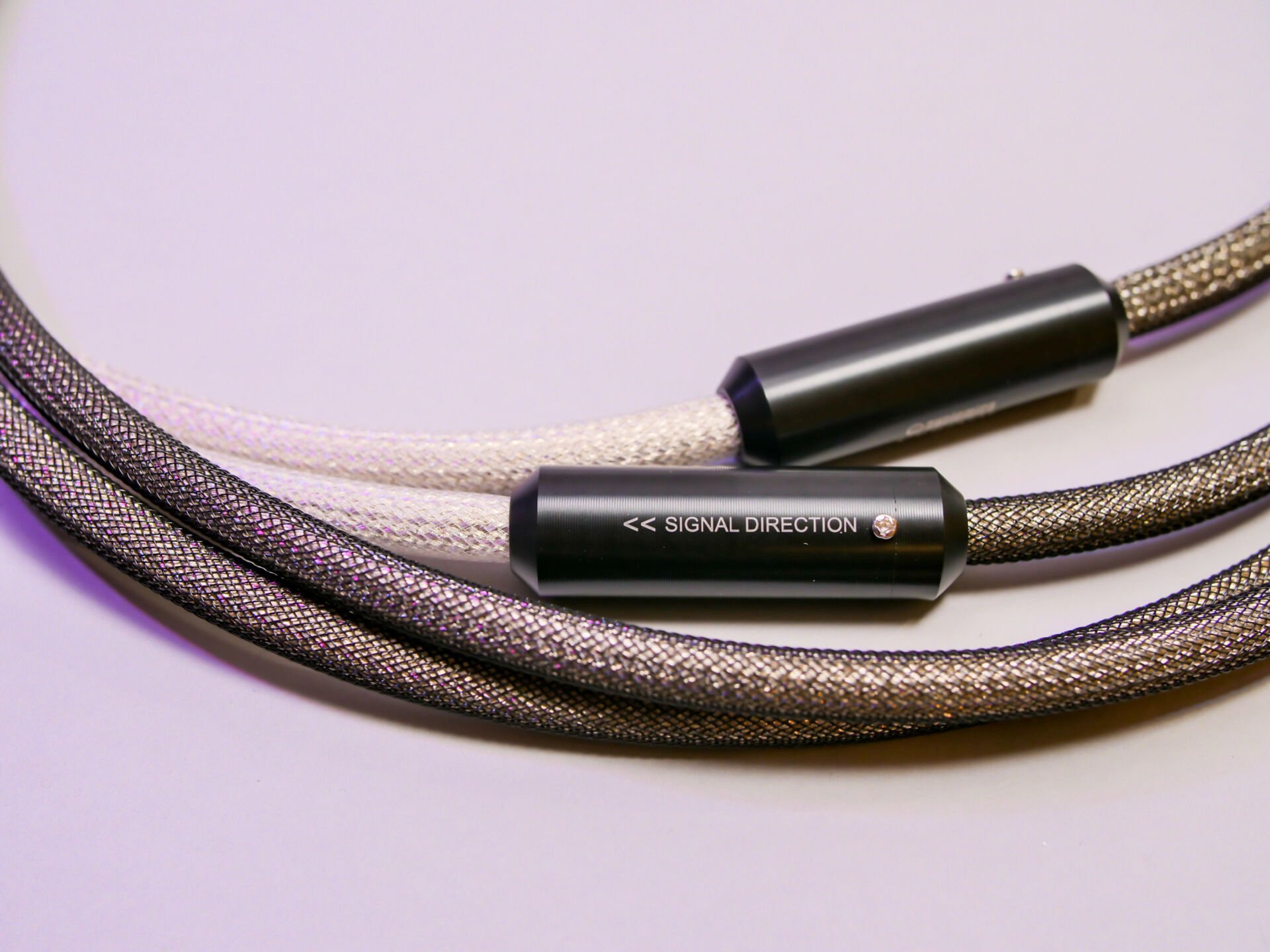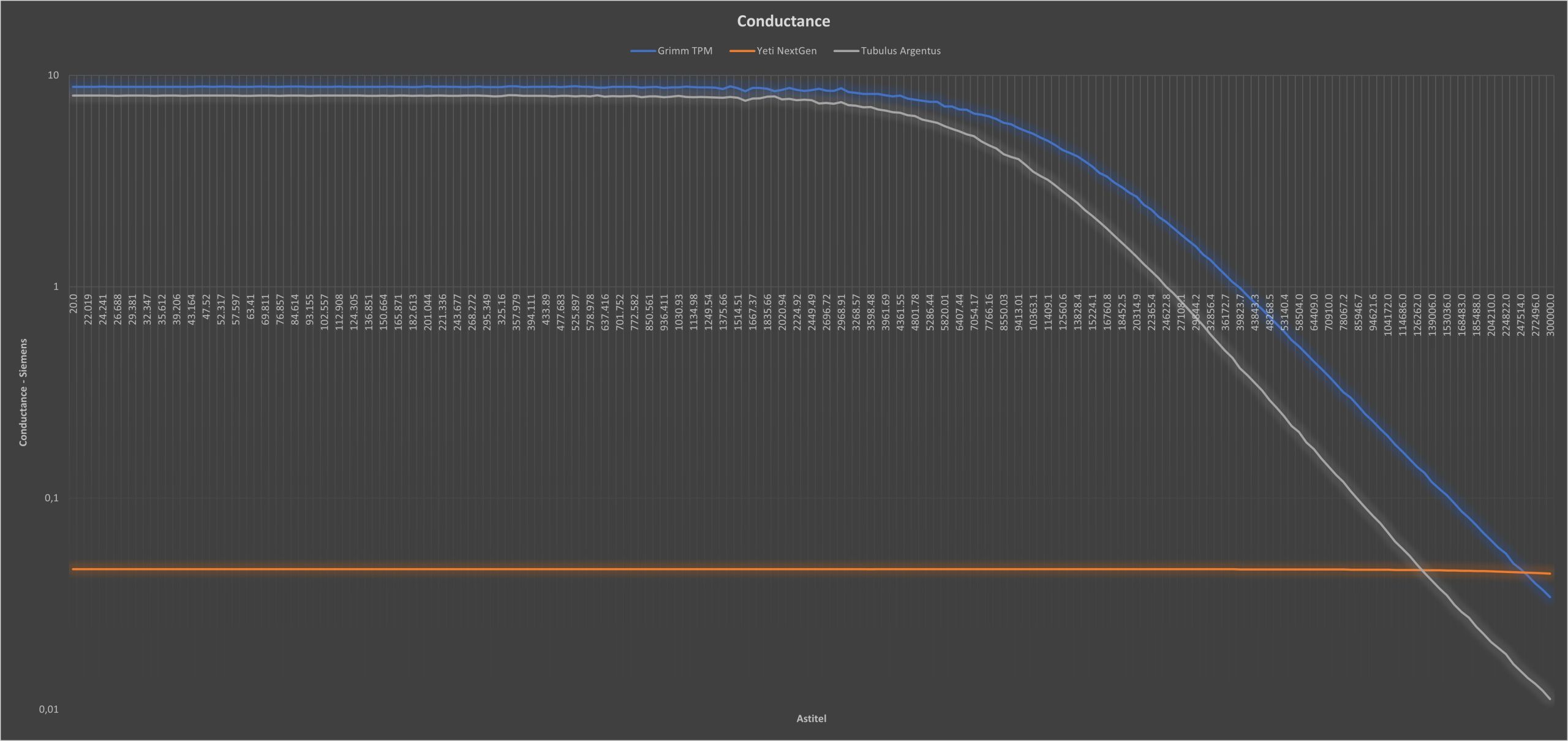

Intro
Contents
Cabling remains a hot topic for some enthusiasts. Does it do anything? Can it even do anything? We are convinced of audibility. Measurability is trickier, but we persevere. For once, we have a very different kind of cable in: a NextGen from Yeti. If you call your cable “NextGen,” it must be something special…. And it is, because this cable has no metal conductors. The core is made up of CNT: Carbon Nano Tubes. Right… carbon. But that conducts very poorly, doesn’t it? Well… no… on the contrary. But we’ll come back to that later.
A cable made of pure carbon. Or better yet: carbon nano tubes…. We were introduced to it earlier at Van den Hul. Which also has a CNT line. The Yeti is not similar to the Van den Hul by the way. However, we don’t have enough details to compare the two cables. Once opened up, there is no going back, as these cables are rather fragile internally. For example, the CNT is not soldered to the connector, but is connected to the plug with some special paste/glue. Also, processing CNT is rather difficult because a lot of “fine dust” like substances are released with the sizing process. In other words: it’s dangerous stuff.
There are several types of CNT. And there are multiple ways to build such a cable, the major distinction being that there is MWCNT and SWCNT: multi wall and single wall cnt. A MWCNT has multiple layers. A SWCNT consists of a single layer. We can assume that interlinks use MWCNT, since they conduct well. A MWCNT conducts about 1000 times better than copper. That may seem crazy, since the CNT interlinks we measured actually show low(er) conductivity and high(er) resistance. However, this has to do with the fact that very thin conductors are often used. Why? Probably because of the cost of the material.
However, the high(er) resistance in an interlink is not a problem. We go from a very low impedance (25 or 50 Ohm) to a high resistance (50 or 100 kOhm). When you go from such a low to such a high impedance, a cable already plays less of a role and the impedance of cable is negligible. What is 22 Ohms (what the Yeti shows on our Sourcetronic LCR) at 100 kOhm? Exactly: that’s nothing…
With a speaker cable it is different. There low impedance is important (our opinion from the last test).
No metal?
Next Gen… yes … actually, we can say that. After all: surely this is quite different from a “regular” cable with metal conductors. But why would you want that? We can’t answer that right now. For two reasons: it requires more research and it would be a very long article if we would explain it all here.
What we can indicate is that metal conductors are always a kind of compromise. Even mixed forms. The really good metals – silver, copper and gold for example – are very expensive in pure form. Think 5N, 6N or even 7N silver or copper. We looked for the raw materials ourselves and it’s just pricey.
In a cable, the conductors interact. As soon as a signal passes through a cable, you see that induction occurs as well as capacitance. There’s nothing you can do about that: it’s physics. Now there are ways to contain it. Consider certain geometries: twisting, for example. Or keeping distance between conductors, shielding, et cetera. But keeping a certain balance is and will remain; there is no perfection (yet).
CNT
CNT has very different properties. You can see that in the measurements as well. There is high resistance, because the conductance at these thicknesses is not high. But the impedance is flat and there is practically no phase rotation. In addition, the capacitance is low and so is the inductance. It’s a crazy material! And if we look at where we are: the material is only just being used in our hi-fi world. Who knows, maybe we will come to new insights that will make it perform even better.
Finishing
Yeti uses for the NextGen – as for other models – plugs from ETI (silver). The jacket is typical Yeti orange and again we see a white heatshrink with the type on it. It is no-nonsense. To be honest, we think it could be a little fancier for a 3499 Euro cable…. Right… 3500 Euros for 1 meter. That’s serious money. but let’s see how it sounds!















